Old Town Dubrovnik

The old walls of Dubrovnik encircle a great deal of history. A UNESCO World Heritage Site, the Old Town can be entered through several gates.

By crossing a bridge, passing under a statue of St. Blaise, and then going through the narrow gates, visitors pass through the Pile Gate.

(The Pile Gate from the inside.)

At times, guards in traditional dress protect the gates to the Old Town.
One of the first things you encounter is the large Onofrian fountain, built in 1438 as the terminus of the city’s first main water supply.

The fountain has a number of free-flowing streams of cold, fresh water. One of the great things about the city is that there is always free water available. As hot as the city gets, it is always possible to keep your water bottles filled!

Directly in front of you is the Stradun, a 292-metre long street paved with highly polished stone and lined with shops and restaurants. To this day, most goods are delivered to these shops using traditional hand-carts.





At the far east end of the Stradun is a tall bell tower (and the small Onofrian fountain).
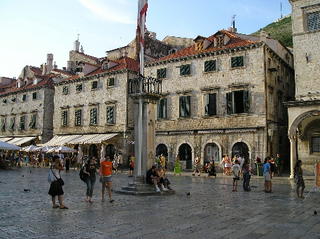
Just in front of the bell tower is the Orlando Column.

Paraphrasing from my guidebook, Orlando Furioso, Count of Brittany and Paladin of Charlemagne, was all that and a bag of chips. The book continues by saying that Orlando was, ‘eight feet tall, a flower of chivalry,’ and led a campaign to defend Dubrovnik against the Saracens in the 9th century. This statue was erected in 1418 and, in his hands Orlando holds his famous sword, Durandal. The original was supposedly indestructible and was said to contain in its hilt not only a thread from the Virgin’s cloak and one of St. Peter’s teeth, but also a hair from the head of St. Denis and a drop of St. Basil’s blood.
Just behind Orlando, collector of saintly biohazards, is the church of St. Blaise…

…topped with the ubiquitous statue of the Saint himself. He is flanked by Faith and Hope.

The first church was built here in 1348 (in thanks for the ending of the great plague), managed to survive the 1667 earthquake, burned in the 18th century, and was rebuilt in 1715.

The inside is rather Baroque. (I feel that sentence needs something else. Oh well.) Oh, here’s something…the alter faces south rather than east. This is because the city was getting crowded and there wasn’t much space left.

The Church of St. Blaise also has the body of St. Sylvan. (Yes, St. Blaise is in the Cathedral, St. Sylvan is in St. Blaise’s.) Anyway, he was brought here in 1847 from Rome. (Can you just imagine working in that office? ‘Let’s see…too many Saints here in Rome…let’s give one to Dubrovnik!’)
Just down from the Church of St. Blaise is the Cathedral.

As is generally the case with really old things, the original Cathedral is no more, having been destroyed in the 1667 earthquake. The current Cathedral is pretty new, dating only from 1713.


As I mentioned before, it houses bits of St. Blaise, only the old woman guarding the Treasury would not have been pleased if I had taken a photo.
Not too far from the Cathedral is the Rector’s Palace.
(Somehow I didn’t seem to get an outside picture of the Rector’s Palace. That’s okay…it looks a lot like the Sponza Palace here only bigger:)

It seems that the current Rector’s Palace isn’t the original. As is generally the case with palaces built too close to volatile gunpowder stores, it blew up. Twice. Finally, though, in 1464, they managed to build a structure that withstood not only gunpowder explosions but also the 1667 earthquake.

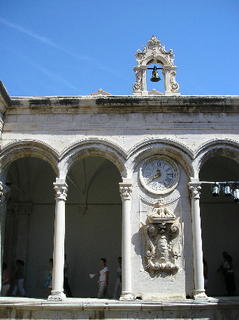
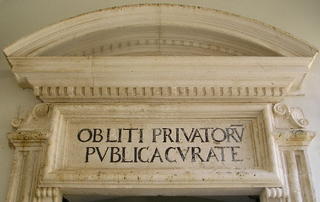
In addition to the main atrium and state apartments, the Palace also held courtrooms and dungeons.
You can also see some pretty sedan chairs.
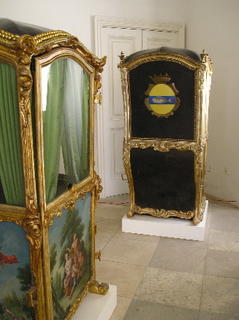
Remember how I mentioned the Sponza Palace earlier? (It looks a lot like the Rector’s Palace, only smaller.) That used to be the customs house and state mint.
Dubrovnik also was home to two monasteries – one Franciscan and one Dominican. I stopped by the Franciscan. Legend holds that it was built soon after St. Francis of Assisi visited Dubrovnik on the way to do whatever it was he had planned with the Saracens.
There is a rather nice medieval church.


There is also a cloister with lovely plants.

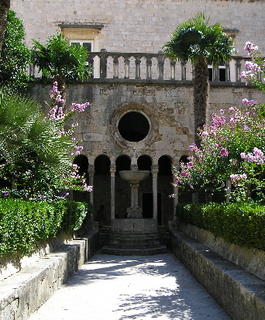


The friary also has Europe’s oldest continuing functioning pharmacy, started in 1317. Visitors can also see the hole left by Serbian mortar shells when the friary was bombed in December 1991.
There are several places in the Old Town where visitors can see a map like this one:

It is a map of damage caused during the 1991-1992 siege of the city. (You can click to see it larger so you can read the words.) Each symbol represents damage caused by the bombings. It is remarkable to see how far the city has come since then.
There’s a lot to buy in Dubrovnik. In addition to a plethora of souvenirs, you can also visit an outdoor market…

…buy some traditional handicrafts from the lace ladies…


…or even a CD of classical music.

These musicians were everywhere. (These specific ones.) Sometimes they were dressed in costumes, sometimes not, but their music provided a wonderful soundtrack to the city.
Before I forget, I have to show you this picture.
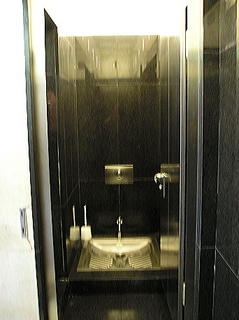
Sorry the picture is grainy…I took it in the bathroom.
The Old Town had one public toilet (that I know of). It was rather nice…marble walls, stainless steel fixtures, and no seat.
But now, just a few sights of the Old Town to finish this post.
The old harbor…




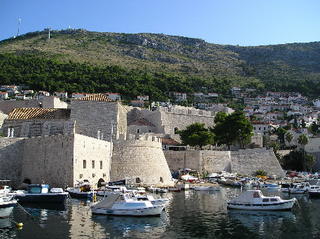

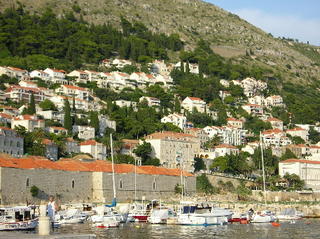

I love the narrow streets.
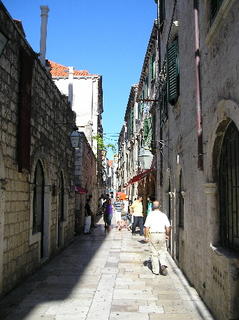

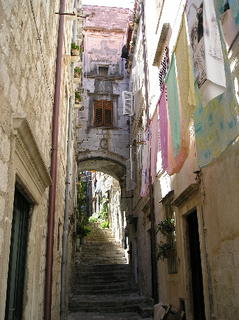
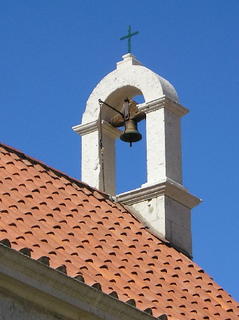







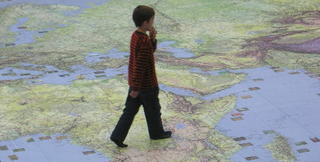



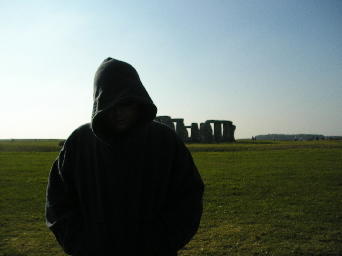
0 Comments:
Post a Comment
<< Home